EPSON LS500 UST 4K Laser Projector Tips & Tricks
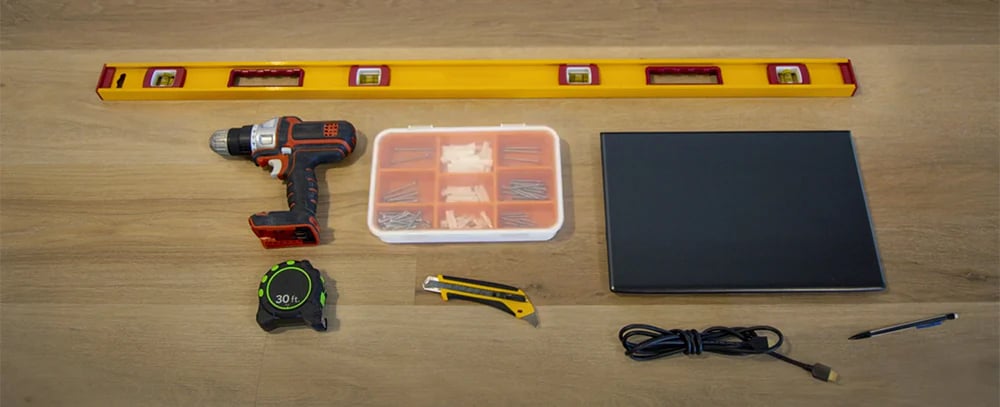
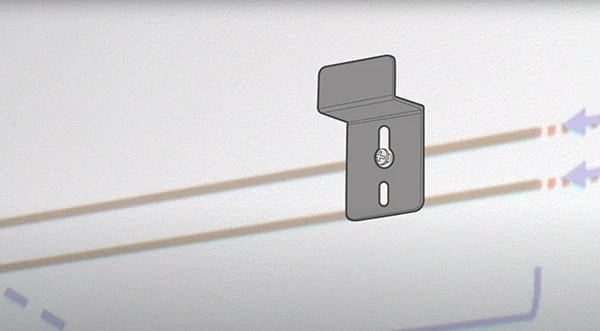
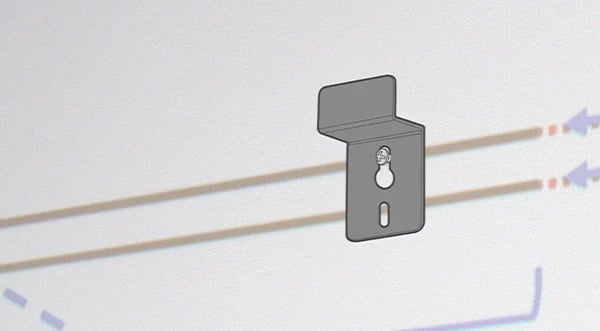
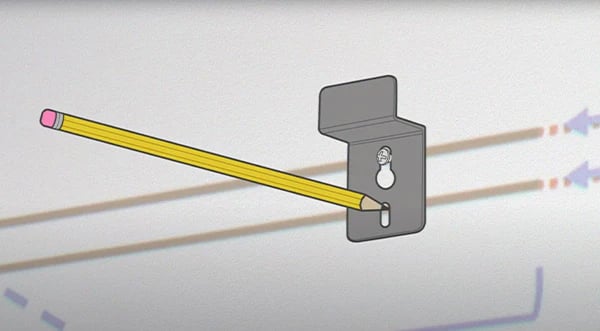
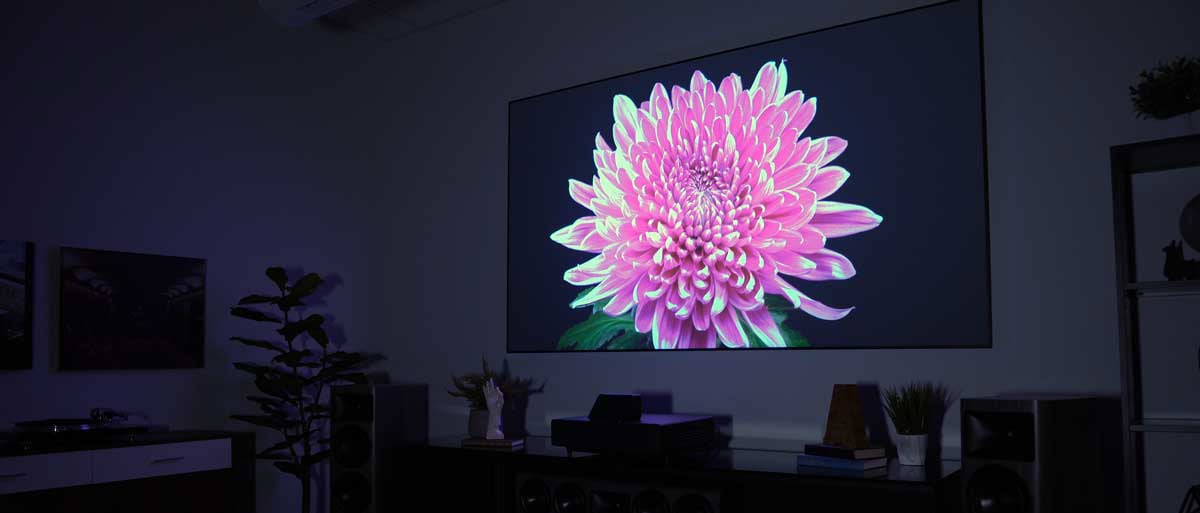
 Home Theater
Show links
Home Theater
Show links
 Speakers
Show links
Speakers
Show links
 Components
Show links
Components
Show links
 TVs & Projectors
Show links
TVs & Projectors
Show links
 Seating & Furniture
Show links
Seating & Furniture
Show links
 Acoustic Treatments
Show links
Acoustic Treatments
Show links
 Cables & Accessories
Show links
Cables & Accessories
Show links
 Featured & Deals
Show links
Featured & Deals
Show links
 Home Audio
Show links
Home Audio
Show links
 Speakers
Show links
Speakers
Show links
 Components
Show links
Components
Show links
 Cables & Accessories
Show links
Cables & Accessories
Show links
 Outdoor Entertainment
Show links
Outdoor Entertainment
Show links
 Acoustic Treatments
Show links
Acoustic Treatments
Show links
 Featured & Deals
Show links
Featured & Deals
Show links
 Turntables
Show links
Turntables
Show links
 Turntables
Show links
Turntables
Show links
 Phono Cartridges
Show links
Phono Cartridges
Show links
 Phono Preamps
Show links
Phono Preamps
Show links
 Record Cleaning & Care
Show links
Record Cleaning & Care
Show links
 Isolation Systems
Isolation Systems
 Cables & Accessories
Show links
Cables & Accessories
Show links
 Featured & Deals
Show links
Featured & Deals
Show links
 Headphones
Show links
Headphones
Show links
 Headphones
Show links
Headphones
Show links
 Headphone Amps & DACs
Show links
Headphone Amps & DACs
Show links
 Featured & Deals
Show links
Featured & Deals
Show links
 Smart Home
Show links
Smart Home
Show links
 Deals
Show links
Deals
Show links


First, remove the plastic wrapping and unbox the package using your box cutter. Inside the package you will find the following:
Place the jig onto a flat surface with the “Do not discard” labels facing down.


Fold one of the larger flaps on one side of the jig and its tab up.

Fold the smaller flab and its tab up, and then insert the tab into the pre-cut notch.

Repeat these steps on the other side of the jig, and position the jig with the “Do not discard” label right side up.

Place the jig against the wall and align the jig’s center to the expected center of your screen.

Slide the projector until it touches the arms on the other side of the jig.


Connect the power cable and an HDMI cable to the projector’s HDMI 1 port.
(NOTE: If possible, go ahead and get your power cable situated along the final path you want it to use so you don’t have to move the projector after the alignment is complete.)
Remove the projector’s lens cap and font cover.
Align the projector’s center with the expected center of your screen.

Use the projector’s adjustable feet until the projector is level along both axes.
(NOTE: Using a bubble level placed on top of the projector will help you ensure it is level.)
To help you identify drill hole locations for the wall brackets, EPSON has actually created a guide image you can project onto your wall. Download the screen bracket guide for the 100” screen or the 120” screen.
Using the HDMI cable, make a connection from your computer to the HDMI 1 port on the projector.
Set your computer’s resolution to a 16:9 aspect ratio.
(NOTE: If you do not see an option that allows for a 16:9 resolution, wait until after you turn the projector on and then check for the available resolutions again.)
Open the guide file in full-screen mode on your computer.
(NOTE: Make sure the screen size indicated at the top of the image matches the screen that came with your projector.)
Connect the projector to power and press the power button to turn the projector on.
Press the “MENU” button on the projector’s front panel and navigate to SETTINGS > RESET.
Once the projector resets, go to MENU > SETTINGS > ZOOM and set the image being projected to the maximum size using the left arrow button on the projector’s front panel.
Raise or lower the focus lever to sharpen the image.
(NOTE: wait 20 minutes after turning the projector on before adjusting the focus.)
Using a carpenters level, verify the top screw and bottom screw lines are level across the entire projected image. If they are not level, rotate the projector slightly or adjust the projector feet until the lines are level.

Measure the height of the projected image on the left and right sides, making sure the values are the same on both sides.


Verify the height value displayed in the projected image.
.jpg?v=1728319766741)
Measure the width, making sure the value you see in the projected image matches your measurement.
(NOTE: If the values do not match, go back to MENU > SETTINGS > ZOOM and make sure the image is enlarged all the way to the maximum value. Adjust the projector’s position as needed. Move the jig out of the way if you need to move the projector closer to the wall to make the values match).
Drill a hole into the top screw line on the upper left side of the projected image.

If you are attaching the wall brackets to studs, place the hole you are drilling where the line intersects at the center of a stud — otherwise place the hole anywhere on the line.
(NOTE: If possible, place the hole in the green area of the “Optimal bracket location.”).

At this point, insert one of the mounting screws into the hole you drilled, and then hang a wall mounting bracket onto it but do not tighten the screw all the way.

Remove the bracket, drill the bottom hole, and then rehang the bracket and insert the screw into the bottom hole. Finally, fully tighten both screws with your #2 screwdriver.



Repeat step 5 when you install the bracket on the upper right side and the bottom of the projected image.

Spread out the plastic transparent sheet onto your floor.
(NOTE: For the 100-inch screen, you will need an 88-inch x 50-inch floor space. For the 120-inch screen, you will need a 106-inch x 60-inch floor space.)
Place the metal frames onto the transparent sheet forming a rectangle with the screw holes facing up.

Slide the L-brackets into the slots of one of the short frame pieces. Then connect the short frame pieces to the long frame pieces.

Use the 16 short silver-colored M5 screws provided to join the frame pieces together, and screw 4 screws onto each corner.

Remove the jig and hang your assembled frame onto the wall brackets with the screws facing the wall, moving the frame left or right as needed until it is aligned with the projected image. (NOTE: Make sure the arrows in the projected image extend to the outer edges of the frame.)


If the image is not aligned, slightly adjust the position of the projector as needed until the projected image is aligned with the frame.

Remove the screen material from the tube and unroll it onto the transparent sheet. (NOTE: Make sure the side of the screen with the “DOWNSIDE” label facing up is closest to the wall it will hang on after it is unrolled.)

Remove the frame from the wall brackets and center it on top of the screen material with the screw holes facing up.

Fold the screen material over the frame to check the alignment. (NOTE: The screen edges should align with the frame, and the screw holes should not be covered by the screen material.)

Insert one of the provided tension springs through the hole closest to the corner of the screen material.

Use one of the provided hooks to attach the other end of the tension spring to the other side of the frame. (NOTE: Be careful not to bend or crease the screen material while attaching the springs.)
Repeat step 5 for the other hole closest to the corner. (NOTE: You can touch the screen material near the holes, but be careful not to touch the screen material on the other side of the frame or you could risk damaging the screen.)

Continue repeating step 5 for the springs in the opposite corner, and then repeat step 5 again for the two remaining corners.

Attach the centers of the long sides of the screen, and then attach the centers of the short sides of the screen.

Attach the remaining sections of the screen starting from the centers of the sides and then moving outward. (NOTE: Having another person working on the opposite side of the frame at the same time is helpful during this step.)


With all the tension springs attached, the next step is to attach each black trim frame edge to all sides of the frame. These slip right over each side of the frame and screen material and then screw onto the frame at each corner.

Attach the black trim frame edges with the screw holes facing up, securing the connection with a corner guard. (NOTE: One of the short frame edges has the EPSON logo on it. Install that frame edge onto the side of the screen with the “DOWNSIDE” label.)

Using the long black M5 screws, insert 2 screws at each corner, holding it all together while you tighten the screws.

Insert one of the provided angle adjustment screws at the bottom edge of the frame closest to the DOWNSIDE label.

Hook one of the provided tension springs into the hole at the bottom edge of the frame, and then hook the other end to the inside of the frame.


Repeat step 14, on the opposite side of the frame.
To prevent scratching the wall when hanging the screen, we recommend covering the backsides of the corners with painter’s tape.
(NOTE: The painter’s tape can be removed after you have properly positioned the screen.)
Before picking up the screen, make sure you and a helper are wearing the provided screen protective gloves to avoid damaging the screen material with your bare hands.
With a helper, carefully carry the screen to the wall with the DOWNSIDE label at the bottom and lean the screen against the wall at a 15-degree angle with the DOWNSIDE label facing the wall. (NOTE: If you install the screen upside down, the image quality will be affected.)

With a helper, lift the screen while maintaining the 15-degree angle and hook the wall brackets into the grooves at the top of the screen and then lower the screen onto the brackets, carefully resting the bottom of the screen against the wall. (NOTE: The bottom brackets should touch the inside of the frame and hold it against the wall.)

If the projected image falls outside of the projected imaged range, adjust the screen left or right as needed.

If the screen is not vertically straight, turn the angle adjustment screws as needed until it is straight.

Go to Menu > Settings > Installation Guide to project EPSON’s pattern alignment screen onto your wall.
Raise or lower the focus lever to sharpen the grid in the upper left corner of the projected image.
If you see any misalignments in the image use one or more of the following adjustments to correct them:


Unplug the HDMI cable.
(NOTE: Be careful not to move the projector while you are removing the HDMI cable or installing the streaming device.)
Power the projector off.
Remove the storage space cover on the front of the projector.
Connect the USB power cable to the DC out port and the HDMI extension cable to the HDMI 3 port.
Connect the HDMI and USB cables to the included streaming device.
Position the device with the cables neatly inside the storage space, and re-attach the storage cover and the front grille cover.
Power the projector on, and follow the on-screen instructions to pair the remote control.

LS500 comes with four pre-configured picture modes right out of the box.
In dynamic mode, the LS500 will output the maximum brightness at 4,000 lumens. This mode also oversaturates the color. This mode is really ideal for casual viewing in very bright rooms where you cannot control the lightning. When the brightest image possible is more important than the most cinematic image quality, this is the best mode to use especially in rooms with lots of sunlight.
In cinema mode, the LS500 is pumping out the least amount of lumens, but it's really the most ideal for a dim room with low levels of ambient light. When you were looking for the most accurate color reproduction, the deepest blacks, and the highest cinema experience, we recommend this mode to totally immerse yourself in the movie.
This mode will output around 2,500 lumens. In an environment with a higher degree of ambient light, Bright Cinema Mode will work really well. It's a happy medium between the high contrast ratio and deep blacks EPSON is known for while still maintaining bright whites and accurate colors. Bright Cinema Mode is an ideal choice for those times when you want a cinematic picture, but you also need the additional brightness level for certain HDR content.
With this mode, the brightness is comparable to what you'd find in Bright Cinema Mode, however, the colors are tuned to enhance the vivid nature of the video gaming experience. While in this mode, the input lag will also drop down to 16.7 milliseconds, so you get the lowest latency between your controller and the image you see.
As a day-to-day TV replacement, we think the LS500 Ultra-Short-Throw Laser Projector and the specially designed EpiqVision screen are an incredible pairing. As you can see, the setup can take a little bit of time, but we think having a huge 100-inch or 120-inch 4K picture with EPSON’s superb color and contrast makes the effort more than worth it. We hope you’ve enjoyed this Tips & Tricks setup guide for your EPSON LS500 Ultra-Short-Throw Laser Projector. Until next time, happy listening and happy watching!
You'll be among the first to know about product launches, exclusive online deals, and the hottest audio trends.
8621 Glenwood Ave
Raleigh, NC 27617
919.881.2005
11409 Carolina Place Pkwy
Pineville, NC 28134
704.821.4510
5732 Oleander Drive
Wilmington, NC 28403
910.392.1200
support@audioadvice.com
888.899.8776
